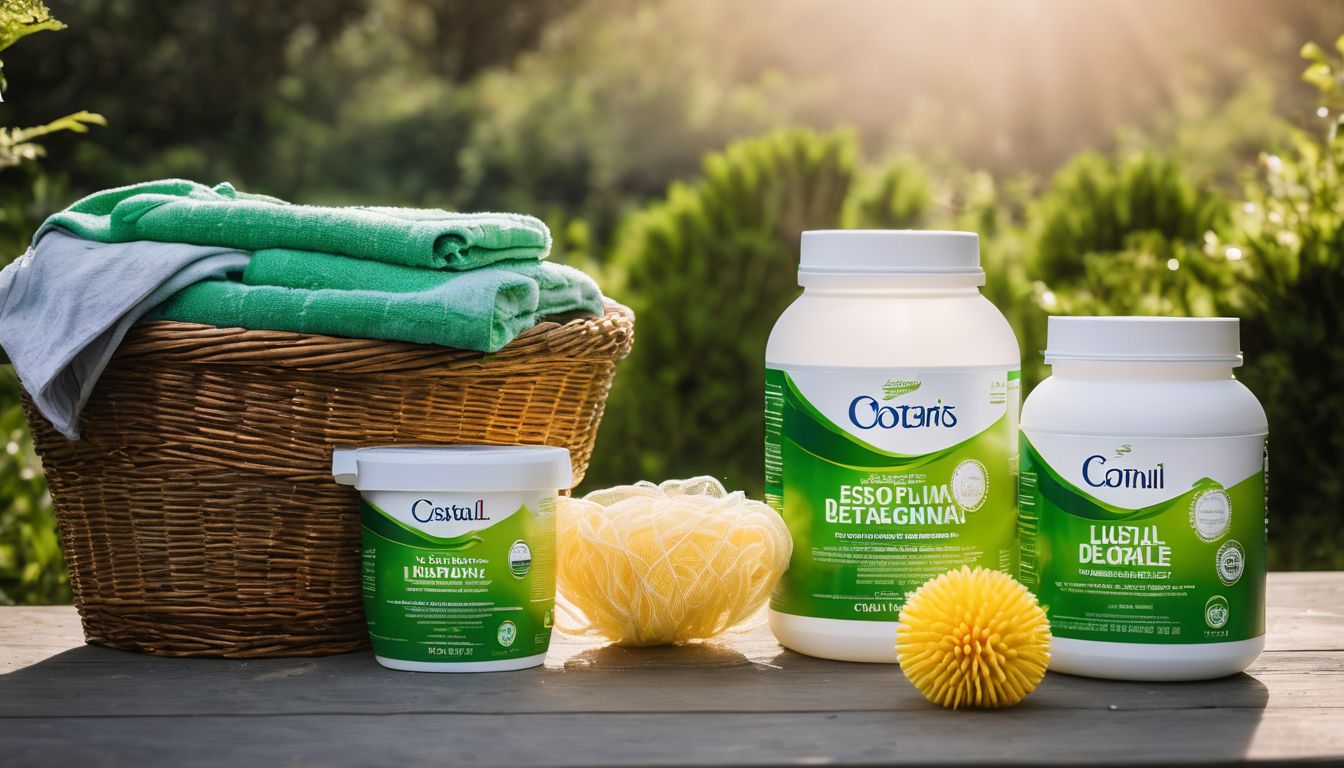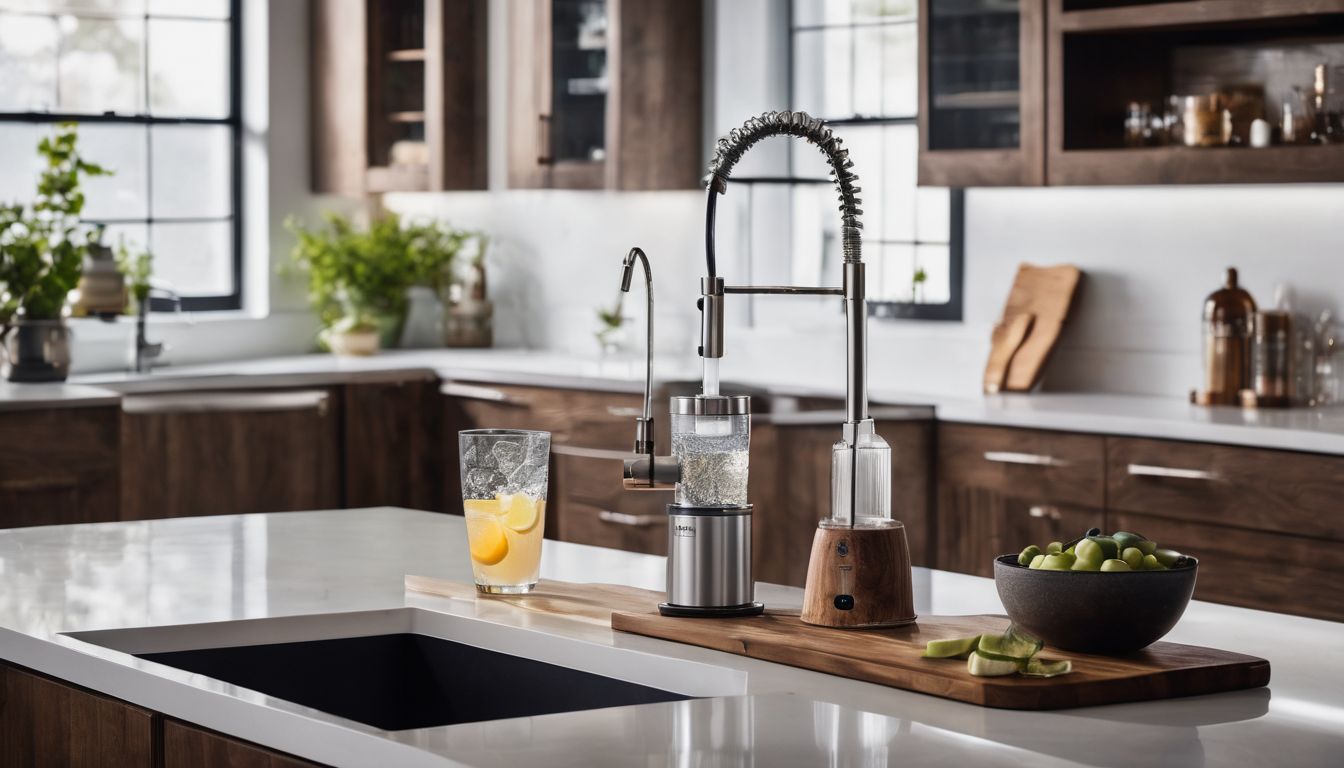Why Take Time for Heating Filter Maintenance? Heating filters function to keep both the air emitted and your heater’s components clean. If the filter is dirty, the effectiveness of your heater can be significantly reduced. Doing just a little maintenance every month or two can go a long way both environmentally and economically!
BENEFITS for the Environment: Wasted energy means more pollution from energy processing. Top energy sources for the United States include natural gas, coal, and petroleum, many of which have been proven to both pollute the air and add greenhouse gas emissions to the atmosphere, which is considered one of the main causes of global warming.
BENEFITS for Your Wallet: When looking for a new filter choosing the right one will not only improve your homes indoor air quality but it can also help you save money. The more clogged your filters, the more energy is wasted in trying to blow air through them. This slows down the process by making it harder to reach the desired temperature, which keeps the heater on for a really long time. “A clean filter will also prevent dust and dirt from building up in the system – leading to expensive maintenance and/or system failure.”1
BENEFITS for Your Health: Filters can accumulate a lot of dust, pollen, mold, and other contaminants, which can aggravate allergies or even cause disease. The American Lung Association states that breathing in these particles can irritate the eyes and respiratory tissues, decrease lung functioning, or even cause cancer.
Cost: Low
Disposable filters are generally very cheap, and regular replacement would actually save you money in the long run because of the energy savings. There are washable filters that can be reused over and over but those can never really be fully cleaned to their unused condition. Reusable filters can also restrict air flow and become ineffective against small particles.3
To help you save money on energy disposable filters should be changed every 3 months but should be check regulary and changed sooner if it looks too dirty.4
Time and effort: Moderate
The actual effort of cleaning or replacing the filter would probably take 5-10 minutes at most. Disposable filters require a little longer once you add in the trip to the hardware store, but if you buy the filters in bulk you could be set for many replacements to come.
When shopping for a new filter you may have trouble figuring out what makes one better than the other. Since there are factors that make filters more effecient than others such as fiber size, fiber density, airflow rate, and particle diameter the MERV (Minimum Efficiency Rating Value) rating is used to measure the filters effeciency and can help you find which one is more suitable for your system. MERV ratings range between 1 and 20 see chart below. You may automatically assume the higher the MERV rating the better. However, what the higher rating is actually telling you is how small the pores are in that particular filter. As the these pores get smaller the air flow becomes more restricted. A higher rated filter can overwork the system and make it inefficient and potentionally cause some serious damage.5
| ASHRAE Standard 52.2 | ASHRAE Standard 52.1 | Application Guidelines | |||||
| MERV Rating | Particle Size Removal Efficiency | Dust-Spot Efficiency Percent | Particle Size and Typical Contaminant | Typical Applications | Typical Air Filter Type | ||
| 0.3 to 1 | 0.3 to 1 | 0.3 to 1 | |||||
| 20 | ≥ 99.999 | in 0.1 – 0.2 μm particle size | – | < 0.3 μm Virus (un attached) Carbon Dust Sea Salt All combustion smoke | Electronics manufacturing Pharmaceutical manufacturing Carcinogenic materials | HEPA/ULPA Filters | |
| 19 | ≥ 99.999 | in 0.3 μm particle size | – | ||||
| 18 | ≥ 99.99 | in 0.3 μm particle size | – | ||||
| 17 | ≥ 99.97 | in 0.3 μm particle size | – | ||||
| 16 | > 95 | > 95 | > 95 | – | 0.3-1 μm All bacteria Droplet nuclei (sneeze) Cooking oil Most smoke Insecticide dust Most face powder Most paint pigments | Superior commercial buildings Hospital inpatient care General surgery | Bag Filters – Non supported (flexible) microfine fiberglass or synthetic media, 12 to 36 inches deep. Box filters – Rigid style cartridge, 6 to 12 inches deep. |
| 15 | 85-95 | > 90 | > 90 | > 95 | |||
| 14 | 75-85 | > 90 | > 90 | 90-95 | |||
| 13 | < 75 | > 90 | > 90 | 80-90 | |||
| 12 | – | > 80 | > 90 | 70-75 | 1-3 μm Legionella Humidifier dust Lead dust Milled Flour Auto emission particles Nebulizer drops | Superior residential Better commercial buildings Hospital laboratories | Pleated filters – Extended surface with cotton or polyester media or both, 1 to 6 inches thick. Box Filters – Rigid style cartridge, 6 to 12 inches deep. |
| 11 | – | 65-80 | > 85 | 60-65 | |||
| 10 | – | 50-65 | > 85 | 50-55 | |||
| 9 | – | < 50 | > 85 | 40-45 | |||
| 8 | – | – | > 70 | 30-35 | 3-10 μm Mold Spores Dust mite body parts and droppings Cat and dog dander Hair spray Fabric protector Dusting aids Pudding mix | Better residential Commercial buildings Industrial workspaces | Pleated filters – Extended surface with cotton or polyester media or both, 1 to 6 inches thick Cartridge filters – Viscous cube or pocket filters Throwaway – Synthetic media panel filters |
| 7 | – | – | 50-70 | 25-30 | |||
| 6 | – | – | 35-50 | < 20 | |||
| 5 | – | – | 20-35 | < 20 | |||
| 4 | – | – | < 20 | < 20 | > 10 μm Pollen Dust mites Cockroach body parts and droppings Spanish moss Sanding dust Spray paint dust Textile fibers Carpet fibers | Minimum filtration Residential window air conditioners | Throwaway – Fiberglass or synthetic media panel, 1 inch thick Washable – Aluminum mesh, foam rubber panel Electrostatic – Self-charging (passive) woven polycarbonate panel |
MERV Rating Chart6
Replacing Your Filter
Materials:
- Broom or Vacuum
- Hose attached to water spigot
- Replacement filter (if needed)
Instructions:
- Determine whether your system is a furnace system or a forced air system. In a forced air system, the filter will be over a vent, where the air comes from. In a furnace system, the filter is directly attached to furnace itself.
- If the filter is near a very dusty or dirty area, sweep or vacuum the floor.
- Make sure that the system is turned off before you touch any part of the filter.
- If you have a furnace, pop or slide open the panel door.
- The filter can be either slid out of the furnace or easily taken off of a regular forced air system.
- If it’s a disposable filter, carefully measure the length and width of the filter. Then go to the hardware store and buy filters that are the same size. Go to step 9.
- If it’s a replaceable filter, take the filter out to a solid, clean surface outside and spray it down thoroughly with water. Do not use detergents, since this can actually make the dirt stick to the filters.
- Let the filter dry outside.
- Put the filter back in, making sure to line up any guide arrows correctly.




